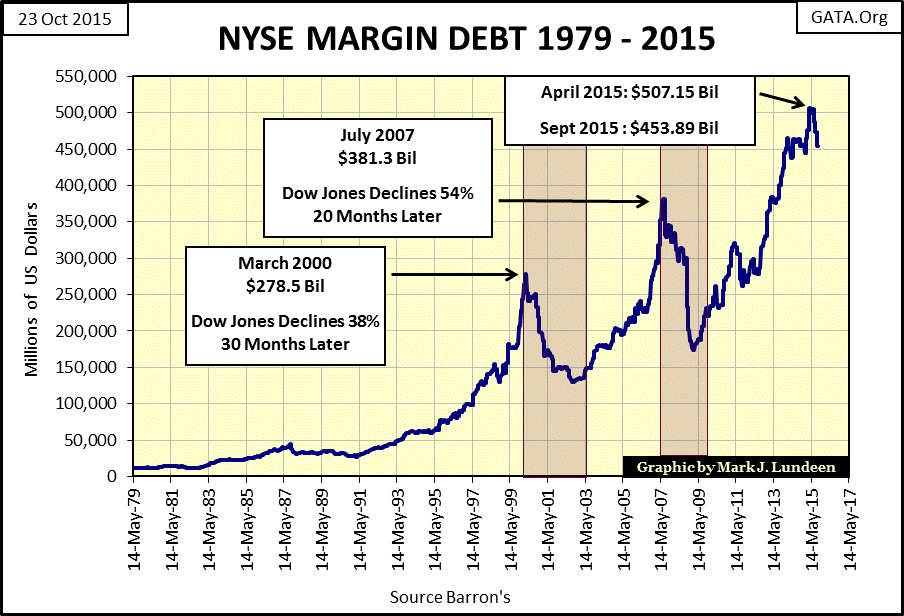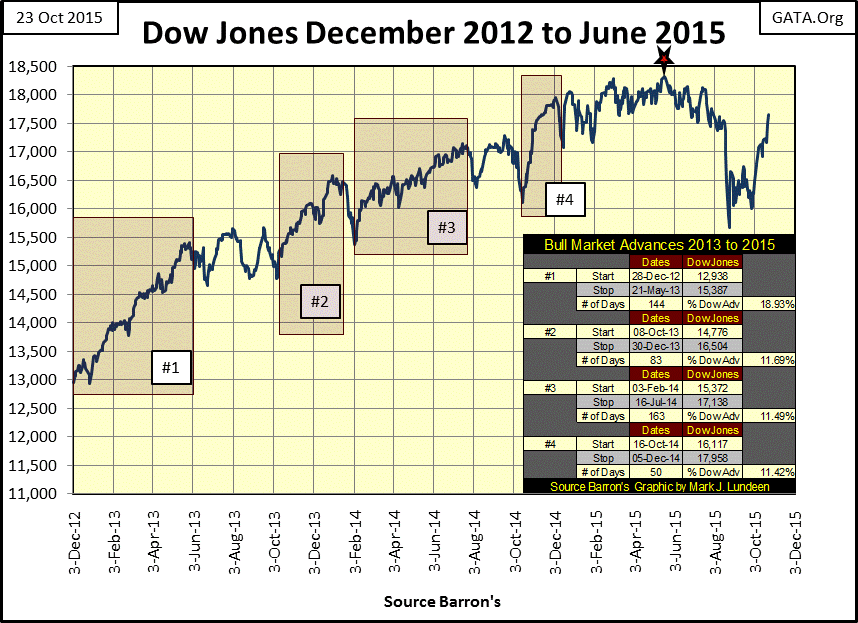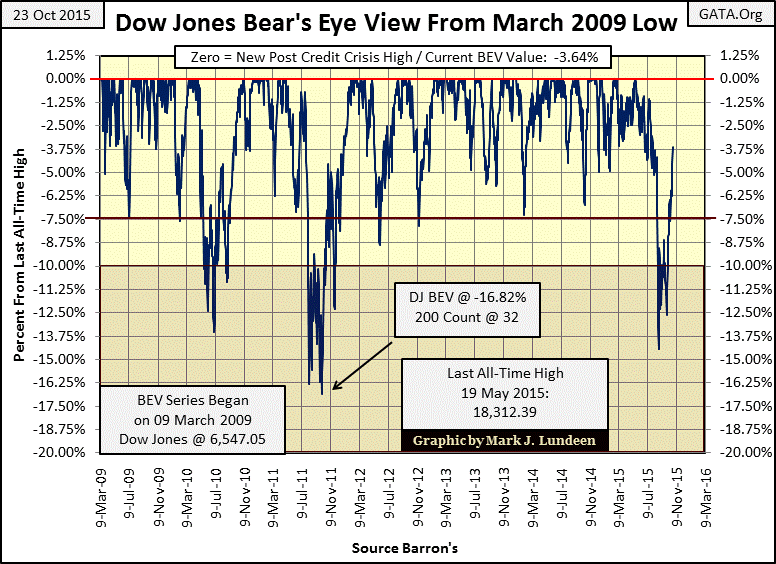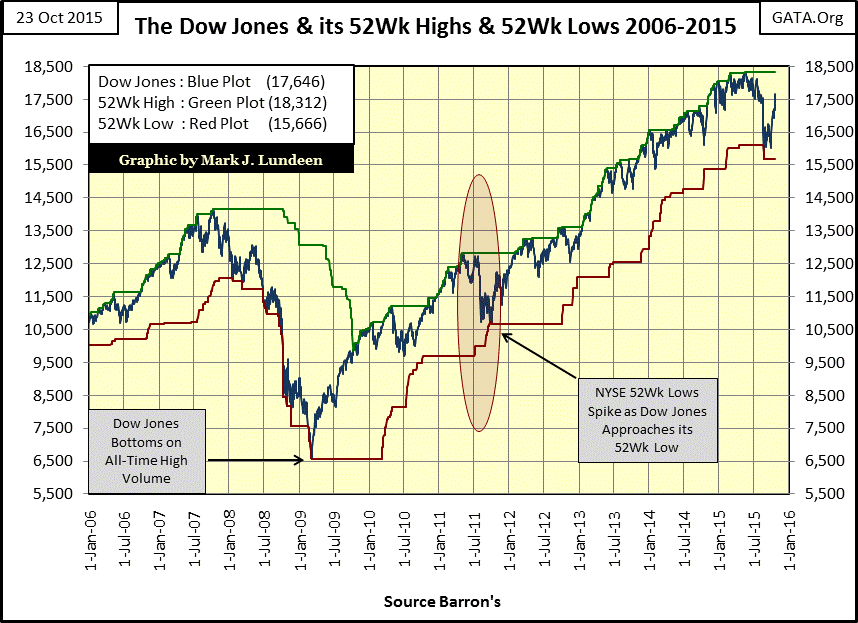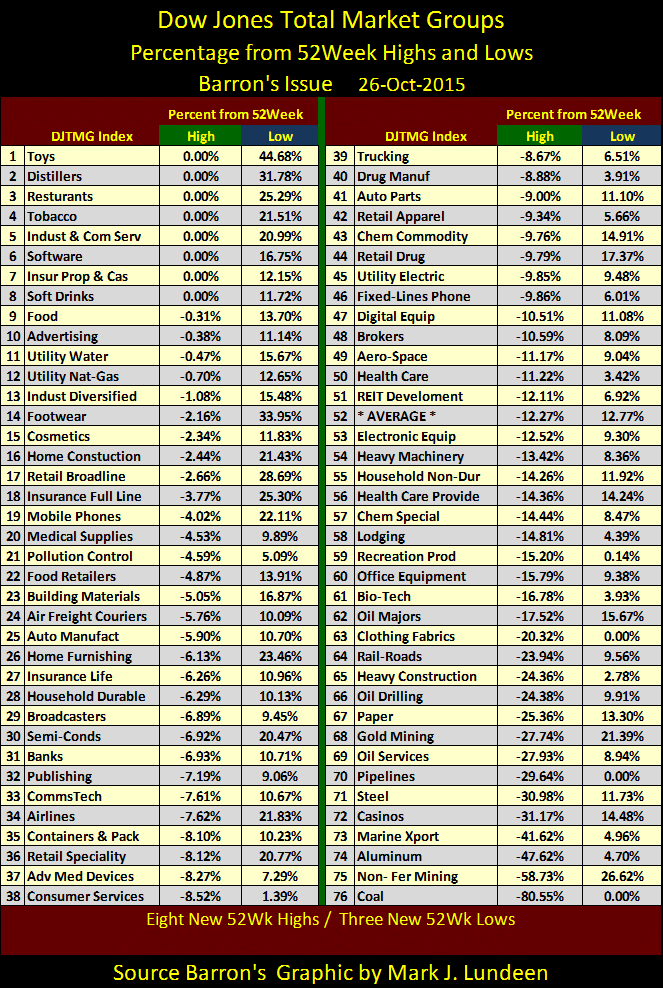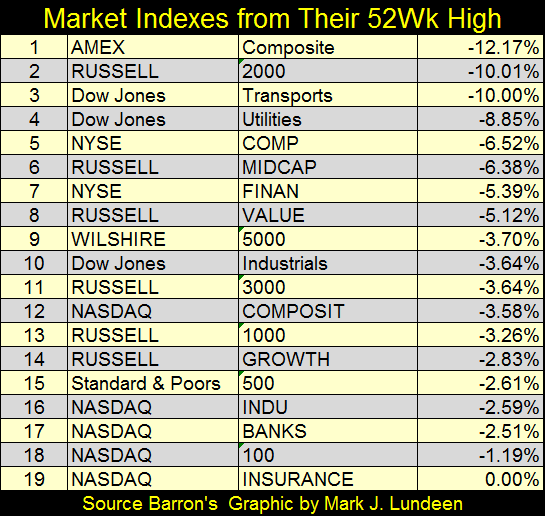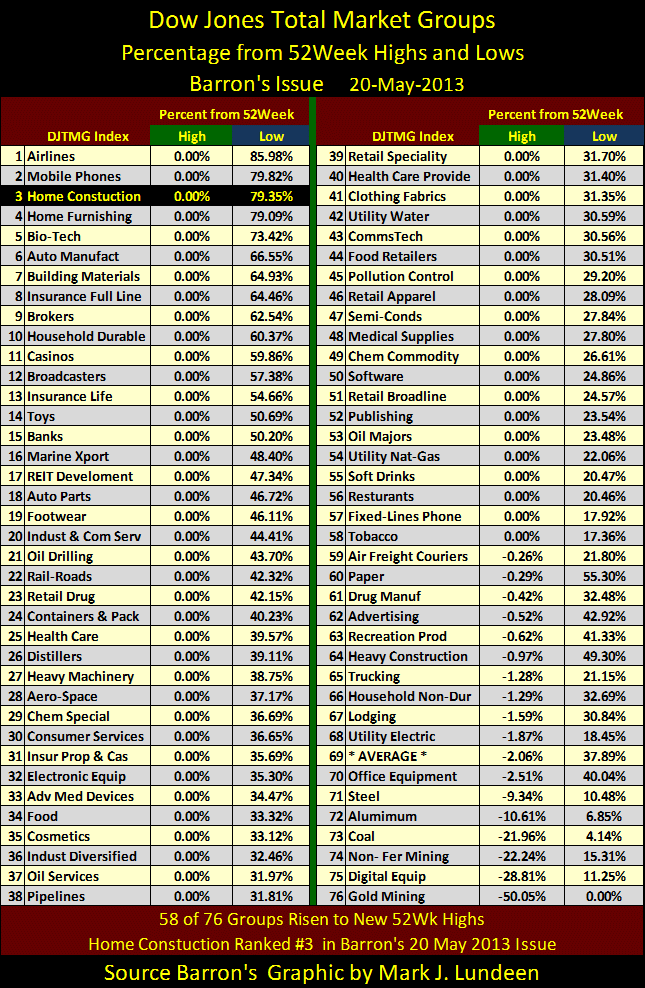The 2008 Crash Will Be Resuming Soon
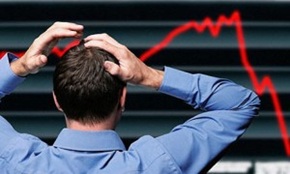 For stock-market bears; in the years following 2009 watching the market on a daily basis has been much like watching paint dry. But just as paint does eventually dry, this market will resume the crash it began in Oct 2007. This is a safe assumption since the root cause of the crash of 2007-2009; mountains of unserviceable debt created by an out of control banking system, have never been allowed to resolve itself as happened during the 1930s. Using the Roaring 1920s as an analogy for the inflationary Greenspan and Bernanke Feds, the inflation of the 1920s didn’t fully deflate until the Dow Jones reached its April 1942 lows.
For stock-market bears; in the years following 2009 watching the market on a daily basis has been much like watching paint dry. But just as paint does eventually dry, this market will resume the crash it began in Oct 2007. This is a safe assumption since the root cause of the crash of 2007-2009; mountains of unserviceable debt created by an out of control banking system, have never been allowed to resolve itself as happened during the 1930s. Using the Roaring 1920s as an analogy for the inflationary Greenspan and Bernanke Feds, the inflation of the 1920s didn’t fully deflate until the Dow Jones reached its April 1942 lows.
But allowing the market to find its own level was a solution to the mortgage crisis our best and brightest did not even consider. Instead “policy makers” of the 21st century doubled down on all their losing bets in the mortgage and derivative markets, reflating the financial markets with even more reckless money creation. This certainly can’t go on forever, but who knows when it will end? Until it does there’s more risk than reward in holding stocks and bonds. Holding gold and silver bullion seems the safe play.
Why would that be? Gold and silver (held in one’s own possession) have no counterparty risk, something today’s overleveraged economies and markets are pregnant with. Overleveraged economies struggling with excessive debt are now a global phenomenon. Here’s a chart on China’s GDP & credit growth from the Wall Street Journal published on David Stockman’s website: ContraCorner.com
http://davidstockmanscontracorner.com/red-swan-descending/
Mr. Stockman makes the point that official Chinese economic numbers, (like Washington’s) are basically propaganda. But what they do publish leads one to conclude that China’s underlying economy will find it impossible to service all the debt used to create it. It’s the same story with the United States and Europe: decades of “growth” fueled by unchecked credit expansion by a central bank. And it always ends the same: a depression with market valuations marked down by 50%-90% or defaulted on completely. It appears China will be paying the piper in the 2010s.
No financial market today is an island separated by wide oceans from financial crisis in far away lands. The banking system is a global organization that has bound retail investors’ assets and savings as well as pension funds and insurance companies’ reserves to distant markets via the multi hundred-trillion dollar derivative market. Now, forty-four years after Washington defaulted on the Bretton Wood’s Monetary Accords’ $35 an ounce gold peg, market values have been inflated far beyond the point of no return.
What people fail to realize about stock market valuation is that traditionally, the company itself (and its long term fundamentals) have had remarkably little to do with its share price. When a company’s share prices spikes up after a single positive earnings report, it’s only because someone – maybe you – believes it’s important and so are willing to bid up the company’s share price. The company provided the press release and the public supplied the cash to move the share price up. Traditionally what companies did to support share prices was to pay dividends. But during bull markets single-digit dividend yields don’t catch investors’ attention as much as double-digit capital gains, and who can blame them?
What’s unique about the post March 2009 bull market is how companies have issued trillions in bonds to buy back their own shares. In effect companies are using the bond market to purchase their own shares on margin at the top of a bull market. Where is the wisdom in that? As seen below, ultimately it wasn’t very wise for investors during the high-tech and mortgage bubbles. Amazingly, retail investors have returned for a third time following a horrible 54% bear market, with NYSE margin debt peaking at $507 billion dollars last April – courtesy of credit provided so generously by the Federal Reserve.
How generous was it really? It cost the Fed nothing to print trillions of new dollars out of thin air, and the public at large will be paying for it over time in the cost of inflated goods and services. It was nothing more than standard Fed policy to perpetuate the dollar ponzi scheme through which the public is robbed of their purchasing power (taxation without representation). This is because the public has no control at all over the Fed, other than indirectly (they elect the US president who then appoints the head of the FOMC who generally serves an unlimited term, unlike the US president).
When NYSE margin debt peaked in March 2000 & July 2007, the stock market (as well as margin debt) soon began its decline into a big bear market. The current $50 billion dollar decline in NYSE margin debt since last April is not a favorable omen for the market bulls. But there is a huge difference between retail investors using secured margin debt to purchase shares and companies indebting themselves in the bond market to buy back their own shares.
For retail investors margin debt is easy enough to liquidate. They simply sell the shares and pay back the margin loan. If they don’t do it their broker will provide that service for them (if share prices decline) to maintain their margin requirements. The situation in which corporate America now finds itself is totally different. Bonds are long-term contracts for debt issued by corporate management with regularly scheduled coupon payments. They are not secured by collateral, as is margin debt at a brokerage with common stocks. In the next market decline, corporate America will not find it so easy to shed the burden of these bonds as their profitable operations slow down (and / or) cease completely.
Unlike dividends which management can reduce or actually discontinue with no legal consequence, timely coupons payments for a company’s bonds are a legal requirement. General Motors was forced into receivership by its bondholders when it failed to pay a coupon back in 2009. Obviously in October 2015 the market doesn’t see this as an issue, for now anyway. But business will eventually slow down once again resulting in a reduction in earnings and in profits. Then these companies will be forced to raise the cash required to service these bonds any way they can, or be forced into bankruptcy. Their first response will be to cut dividend payments and lay off employees. This will amplify the pain coming in the next recession, possibly pushing the economy into a depression and forcing the stock market even lower.
But today who is even thinking about those depressing times to come? Certainly no one who has made a nice gain on the market’s comeback since its lows of August. So today there’s little concern over growing leverage on corporate America’s balance sheets for giant companies like Apple and IBM, both component companies in the Dow Jones Industrials Average.
But the Dow Jones is still six hundred and sixty points away (3.4%) from its all-time high of last May. Can it manage to make another new all-time high? Sure it could. However investors have endured more pain than gain since the Dow Jones first broke above 18,000 last December, and unless the Dow Jones actually makes an honest effort to break above 19,000 in the first half of 2016, that won’t change.
Looking at the Dow Jones BEV chart below the Dow Jones has finished its first double digit correction since 2011. It can’t be denied; since September the Dow has shown real vigor in recovering from its lows of August. Just realize that it’s rising up with a lot of help from the usual suspects.
Looking at the Dow Jones with its 52Wk High and Low plots would normally inspire me with some bullish sentiment. It bottomed after making two new 52Wk lows on 24-25 August, and has bounced back some 2,000 points since then. But I don’t care. If it continues to go up, it will go up without any help from me.
The Dow Jones is currently only 3.64% away from making a new 52Wk High. However as you can see below under the Green Tabs, only the first 17 of the 76 indexes in the Dow Jones Total Market Group (DJTMG) are closer to a new 52Wk High than the Dow Jones, with the Average (#52) at 12.27% from a new 52Wk High.
Here’s the table for the major market indexes listing the distance from their 52Wk Highs. It seems the market indexes, (which are also traded in the futures and option markets), are doing better than the general market as seen above with the DJTMG.
But that’s to be expected as at the end of any bull market advance (such as the current one which began in March 2009), the market always becomes more selective about who is making money. Just take a look at the DJTMG 52Wk High / Low data back in Barron’s 20 May 2013 issue (below): under the Green Tabs we see 58 of 76 groups made new 52Wk Highs. This week only eight indexes made new 52Wk Highs. Now compare the advances from their 52Wk Lows (Blue Tabs) from this past week with the May 2013 below. Currently (above) no DJTMG index has advanced more than 50% from a 52Wk Low, but in Barron’s 20 May 2013 issue fifteen indexes had advanced more than 50%, with the top five seeing gains of more than 70%.
Like people: aging bull markets lose the energy they once had – and then they die.
The point is that even if the Dow Jones and other major indexes continue advancing on to new 52Wk and all-time highs, it’s going to be harder for retail investors to make money unless they are invested in the right stock groups. And look at what happened after NYSE Margin Debt peaked in 2000 and 2007, Mr Bear paid Wall Street a visit and took the bulls’ good times away. Seeing how margin debt is once again declining, I just don’t think stock market investors are being adequately compensated for the risks they take on in a world as highly leveraged with consumptive debt as ours.
Mark J. Lundeen







